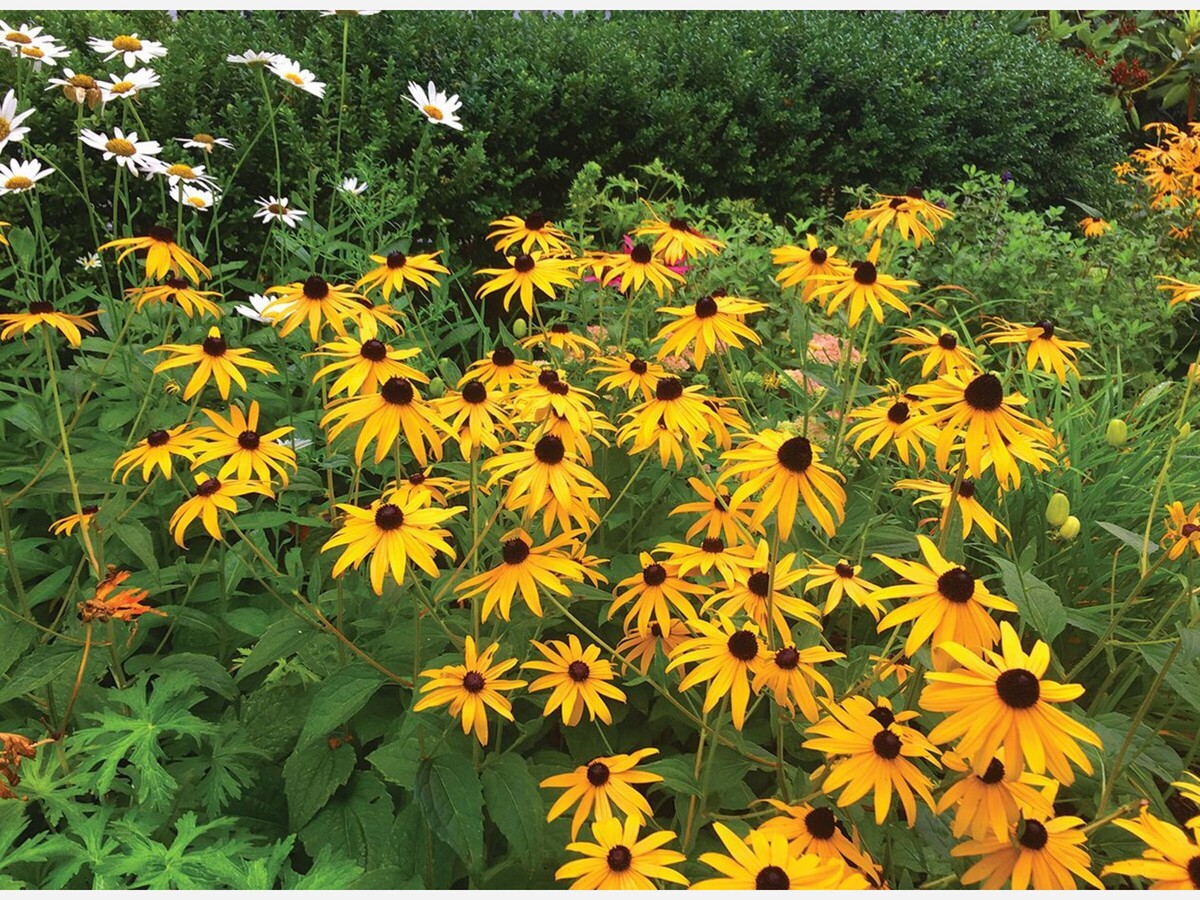Image


The Saline Stone & Thistle Garden Club holds its Perennial Plant Sale from 8 a.m. to 11 a.m., Saturday, May 20, in the back parking lot of the Saline District Library, 555 N. Maple Road.
Master Gardeners will be present to answer gardening questions.
Cash or checks only.
For more information call 734-429-3136 or 734-994-7455.
Perennials can add color and vibrancy to any garden. One of the more desirable components of perennials is that they come back year after year, meaning homeowners do not have to invest in a gardenful of new flowers every year. That can add up to considerable savings. Perennials often form the foundation of beautiful gardens.
Annuals only grow for one season, produce seeds and then die. However, perennials die back to the ground every autumn and their roots survive the winter. So the plants reemerge in the spring, according to The Farmer's Almanac. Some perennials are short-lived, meaning they will come back a few consecutive years; others will last for decades.
Though planted perennials require less maintenance than annuals, they are not completely maintenance-free. Certain care is needed to help perennials thrive, starting with the soil. In fact, soil is the single most important factor for growing healthy plants. Penn State Extension says most perennials grow ideally in well-drained, fertile soil with a pH of 6.0 to 7.0. In addition, organic matter can improve soil texture and water-holding ability.
When including perennials in the garden, make sure you wait for the right time to plant them. The ideal time is during the spring or fall. Perennials come as container-grown perennials, which already have been established in the soil. Bare-root perennials are just roots that are often packed in peat moss. In order to plant bare-root perennials, soak the roots in water for several minutes before gently planting in the ground, indicates the how-to resource Tip Bulletin.
Perennials should be watered deeply, especially during the first growing season. However, the soil should never be overly dry or wet. Most perennials do not need to be fertilized heavily. A single application in the spring is typically all that's needed.
Care along the way can include deadheading spent flowers so that plants can use their energy on seed production and reblooming. Perennials should be divided when they grow large, every three to four years when the plants are not in bloom. Perennials produce fewer flowers or may look sickly when the time has passed to divide them. Early spring often is a good time to divide perennials, advises The Farmer's Almanac.
A thick layer of mulch can help perennials to overwinter successfully. Perennials planted in containers will need to be transplanted into the garden before it gets cold because most containers cannot thoroughly insulate perennial roots.
Apart from these strategies, perennials pretty much take care of themselves. As long as sunlight requirements match plant needs, the perennials should thrive